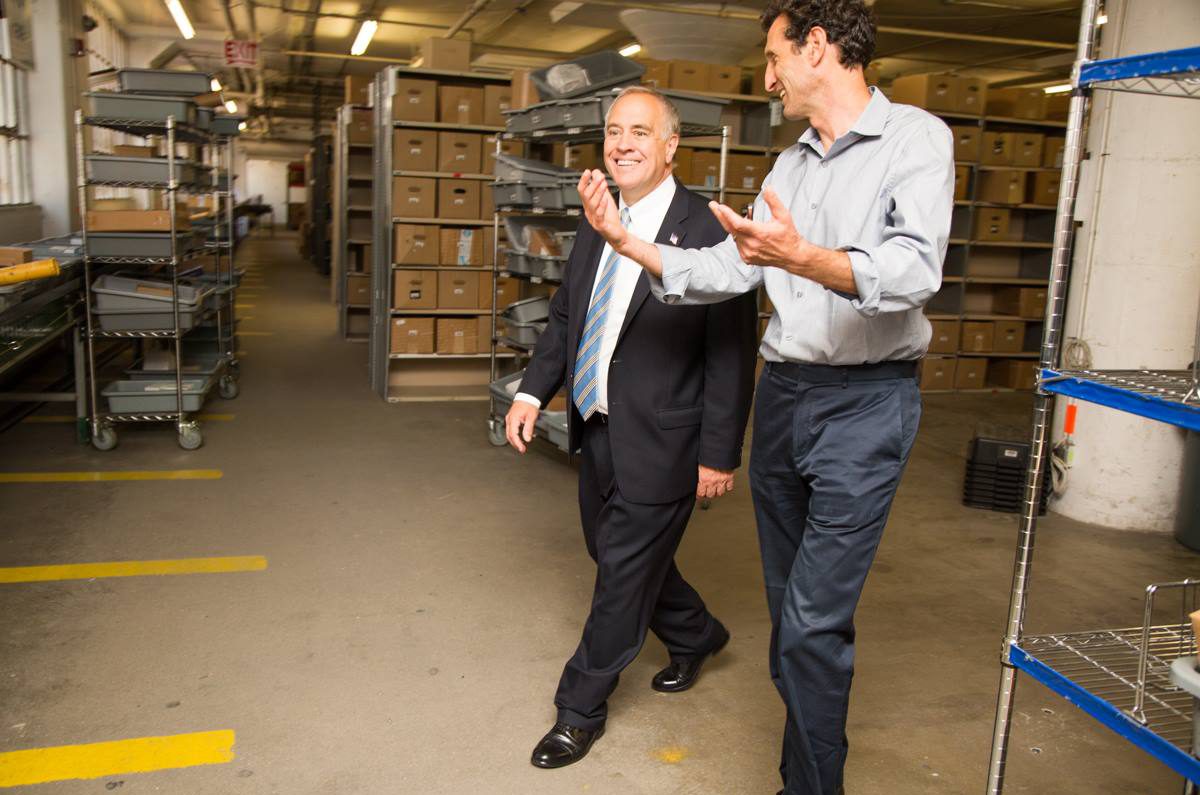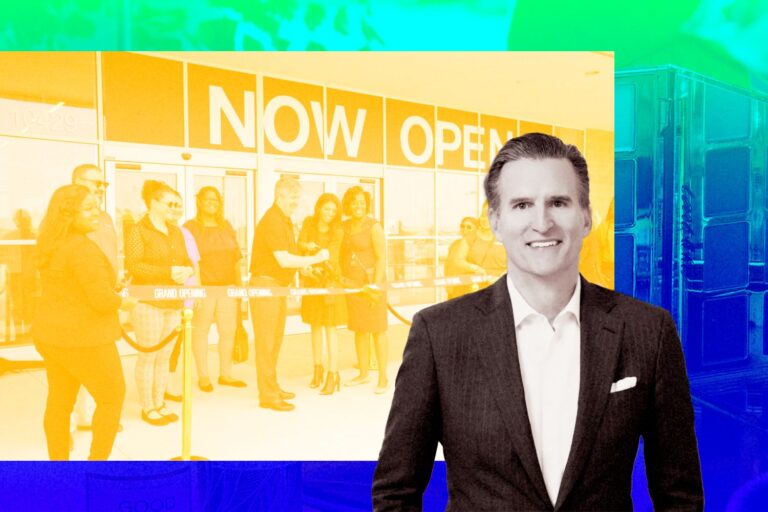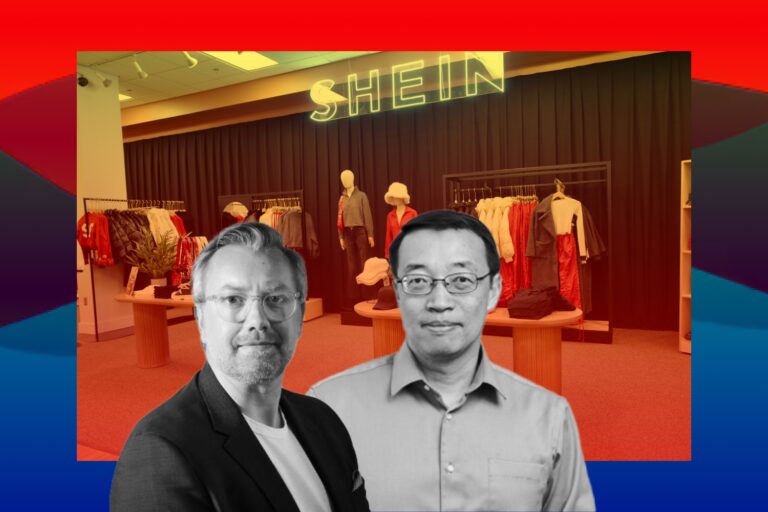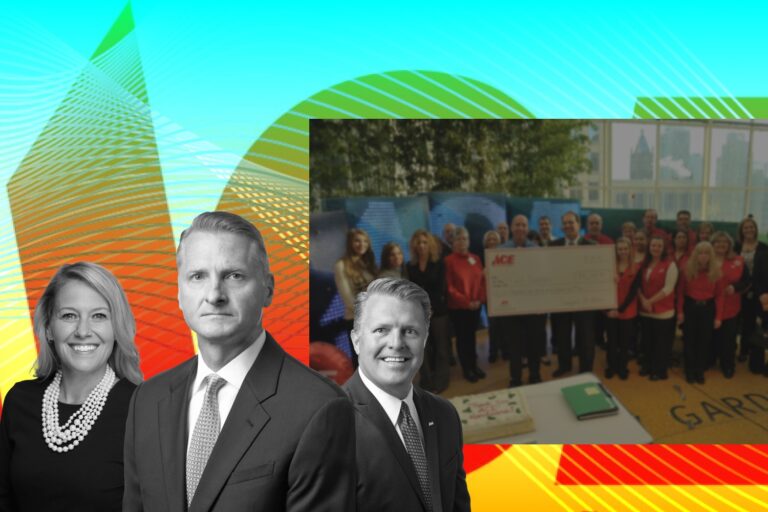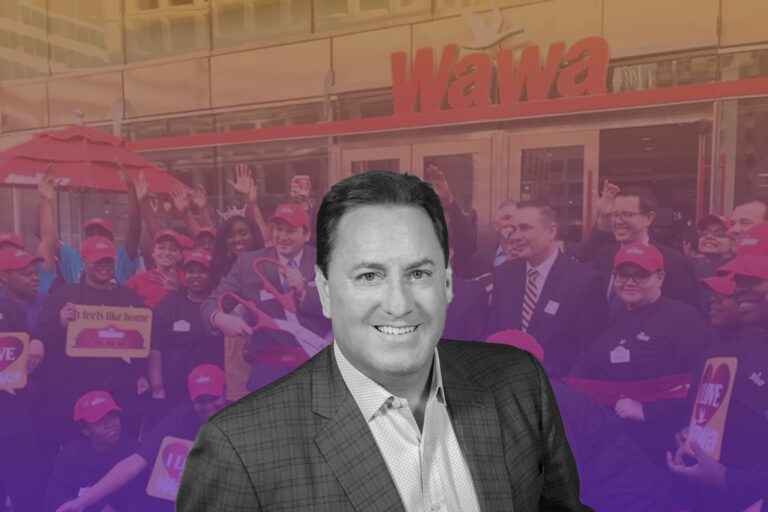UncommonGoods: How It Bounced Back from Dot-Com Bubble to Yield Stunning Success
In the 1990s, the idea of an online marketplace featuring independent artists’ handmade creations wasn’t so mainstream, yet UncommonGoods by the former Goldman Sachs managing director Dave Bolotsky emerged as an extraordinarily stunning success. Inspired by the founder’s experiences roaming craft fairs and trade shows, Brooklyn-based UncommonGoods is an online marketplace dedicated to selling tongue-in-cheek, fun and functional odds and ends, offering a major sweet spot for independent makers and shoppers looking for genuinely unique goods.
Every wildfire began with a spark, every blossoming business has its own success story. Then, let’s read on to discover the founding story behind the award-winning UncommonGoods – the e-commerce marketplace for arts and crafts which were built “with a conscience.”
The Story of Creative Design Retailer UncommonGoods “Directed” by Dave Bolotsky
Dave Bolotsky’s Entrepreneurial Vein & Foresight
Before diving into the specifics of the Brooklyn-based retailer, let’s first cast a quick glimpse over its “father’s” career life before becoming the founder and CEO of UncommonGoods.
To start with, Bolotsky grew up with retail in his lineage, on New York City’s Lower East Side. His grandfather owned a candy shop, and the younger Bolotsky’s desire to start a business took hold at an early age. “I thought about doing my own thing since I was a kid, and I never stopped thinking about doing my own thing,” he recalled.
After graduating from a prestigious college, Dave Bolotsky worked at Goldman Sachs, a well-known investment banking firm on Wall Street, for 14 years, starting as a research analyst and eventually becoming a managing director. Since Bolotsky took charge of predicting the rise and fall of big-name companies’ stock prices, he was granted a “fabulous business education.” Anticipating strong potentials of the e-commerce landscape after having enrolled in a crash course in the still-fledgling Internet in late 1998, he decided that he was ready to establish his own business and start his self-employed life.
Given that leaving the security of a job for self-employment always raises eyebrows, Bolotsky was turning his back on more than a steady, hefty paycheck – actually, he was leaving right when his company was set to go public.
“It was a hard decision,” shared Dave Bolotsky when recalling that time. After all, making the leap was always difficult. “The hardest thing for me was fear of failure,” he said. “I was doing very well on Wall Street and for me, less important than the money was the feeling of success, of winning, of being good at what I did. And the idea of walking away from that and starting something from scratch that I could completely fail at and take other people down with me was the scariest thing.”
At the time, Bolotsky himself was on the verge of a multi-million-dollar stock grant that required a four-year commitment by him in order to vest. “I was going to get a grant of millions of dollars’ worth of stock, and I would have [had] to stay there for four years to get it. I was at this crossroads: 36 years old, about to start a family. Everybody that I respected told me once you have children, your appetite for risk is going to plunge and life goes from being about you to being about them. It had always been my dream ever since I was a teenager to start my own business, and I didn’t want to give up on that dream.”
Hence, he took the leap, quit his job and started his journey as an entrepreneur. “Every year I was going to leave and start my own business,” Bolotsky recounted. “Thirteen times I said no, and the 14th time I finally said yes and did it.”
Unexpected Inspiration for UncommonGoods
The idea for UncommonGoods came from an unexpected trip in 1999 to the Smithsonian museum in Washington, D.C. for a craft fair, where he was captivated by the variety of unique handmade goods and the talented people behind them. Besides, he saw there was significant public demand for beautiful design.
Putting on his “researcher’s hat”, Bolotsky learned a handful of exciting insights: Several individuals embraced gift options that were authentic and meaningful whereas artisans and vendors sought for an easier way to reach those customers rather than traveling great distances in order to sell their wares at the shows around the country.
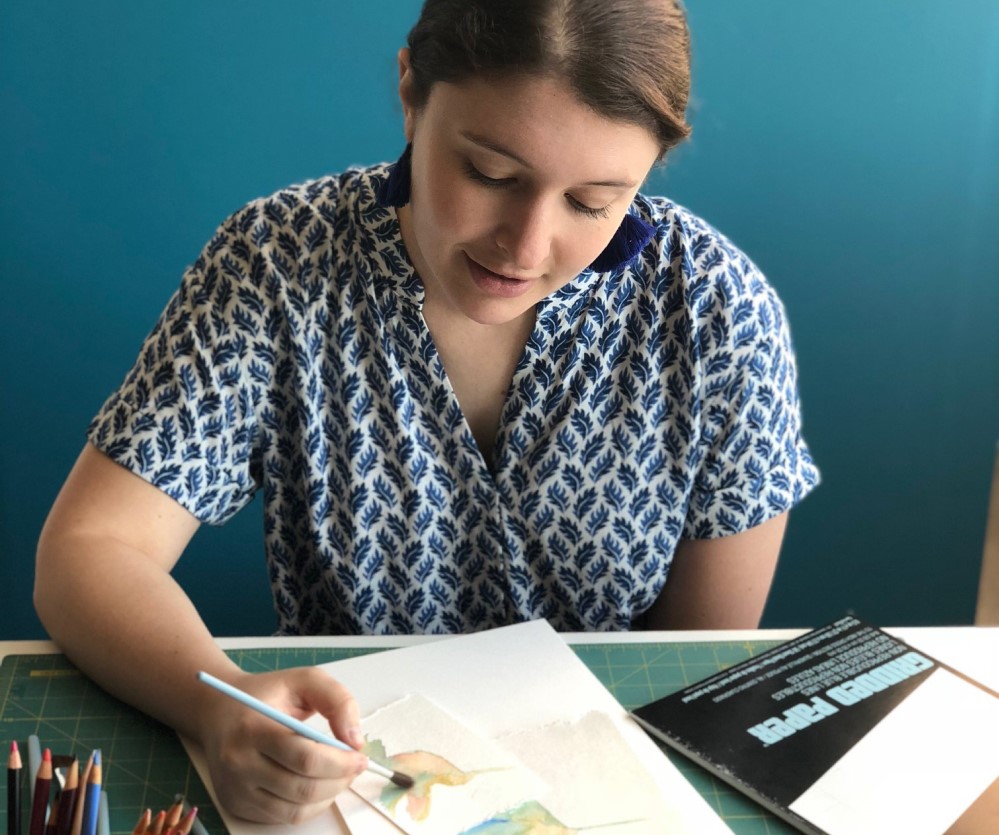
Inspired by his experience, Bolotsky had the vision to create something that had never existed before—an online marketplace to connect makers and their creations with individuals looking for truly special goods, regardless of the physical distance between the maker and the shopper. “I saw a real market opportunity where buyers and sellers weren’t connecting efficiently at craft shows but could do so much more efficiently via the Web.”
And in 1999, he successfully turned this idea into UncommonGoods – a platform where a traditional store for “creatively designed” products met eBay for artisans. Bolotsky’s team would “buy the product directly from artisans who make their profit from that transaction, [and] we then make our profit from selling it to customers at a higher price than we pay the artist.”
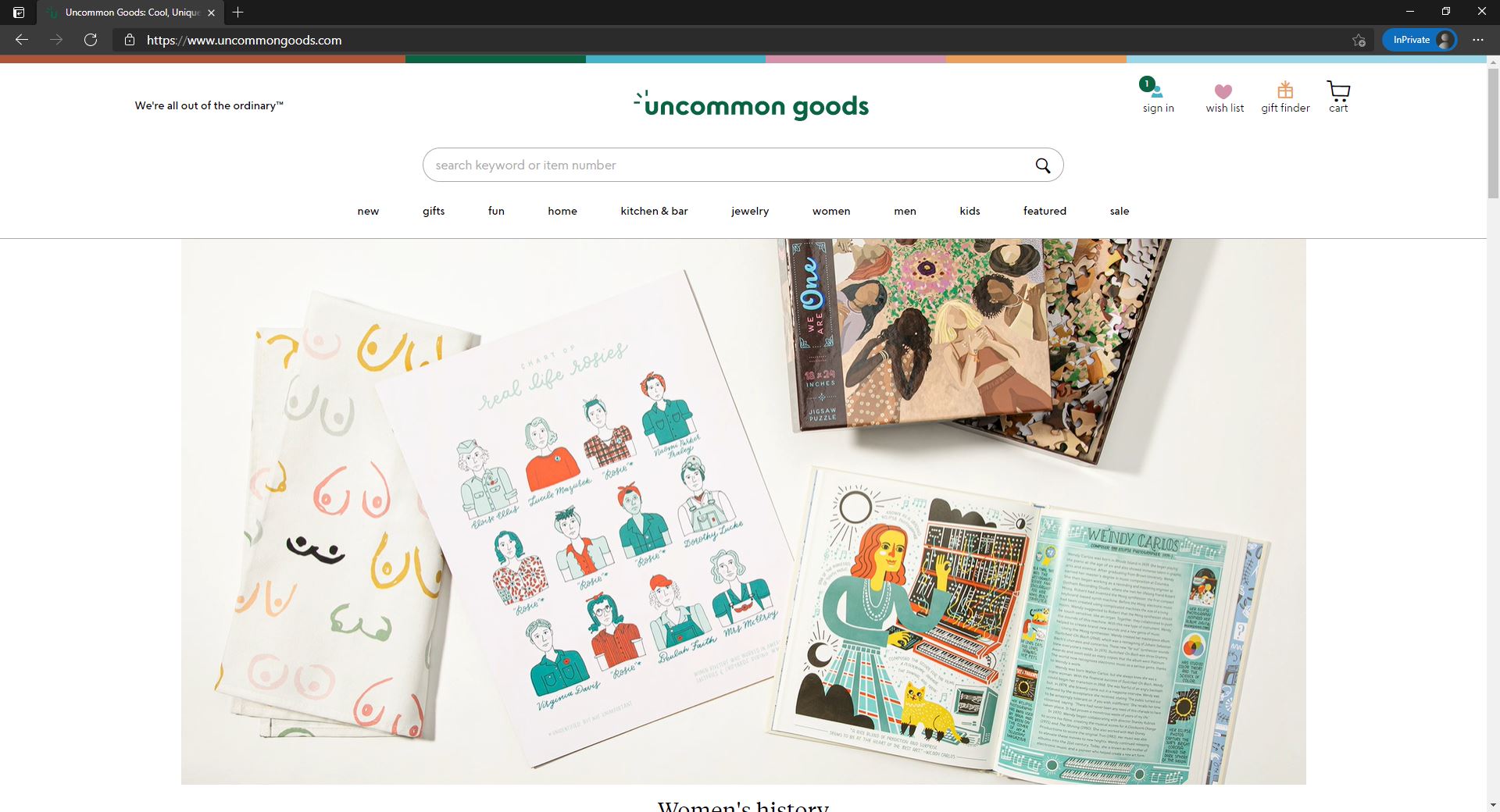
Courtesy: UncommonGoods
As a founder and CEO, Bolotsky continued traveling to craft fairs and trade shows, meeting artists and finding stand-out merchandise, while running the business out of his home on the Lower East Side of Manhattan. Before long, the company had outgrown his apartment, and moved through three successively larger offices in downtown Manhattan, eventually settling in our current location in Brooklyn, New York.
His sizeable savings—plus his Wall Street friends, family connections and investor enthusiasm—kept the company growing at a clip until the dot-com bubble burst all but leveled it…
Internet Bubble Burst: Survival Time to Navigate Against
For UncommonGoods, the growth trajectory’s been bumpy, if not treacherous. Going through a “near-death experience” after the internet bubble burst in 2000 with dwindling funds, the company was whittled down from 35 in 2000 to 05 full-time employees in 2002, mostly from people quitting voluntarily, yet “brutal” layoffs were unavoidable, which left Bolotsky feeling demoralized and humbled. Morale, both for the remaining staff and the CEO himself, was low.
Bolotsky, who wasn’t yet taking a paycheck, loaned the company a significant amount of his savings to keep it going. Whereas the dot-com crash was devastating to anyone in that space those years, Bolotsky felt especially bruised. “I felt really stupid. I knew it was a bubble,” he recounted, pulling out an old report he had written during his Wall Street days, and reading aloud from the page with his pre-crash prediction. “I knew there was going to be a shakeout and it was going to get ugly, [but] I had made the decision to grow relatively quickly. Not nearly as quickly as most of our competitors were growing, but I felt responsible. I felt terrible about it.”
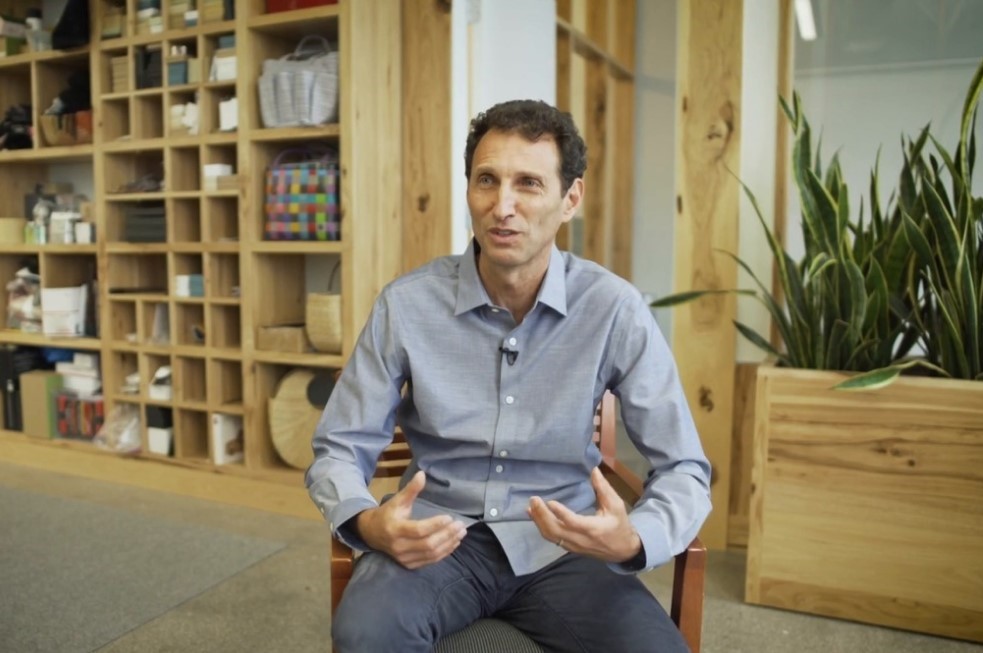
Around that time, co-founder Thomas Epting joined UncommonGoods as a photographer. Thomas worked tirelessly to help ensure the company’s survival, steadily expanding his role to encompass all creative, technology, and warehouse operations. Times were tough, but thanks to the guidance of Bolotsky and Thomas, the company managed to get back on its feet, becoming profitable for the first time in 2004.
“I was going to run the business in a really financially responsible way going forward, so that if we did let people go, it was because of their performance, and not because of my stupidity,” explained Bolotsky. “I went from running a business that in a sense had too much money and spent that money unwisely, to not having any money and really being careful about how we spent every dollar.”
Bolotsky now calls the crash the “best failure of my career.” Economic forces required him to move away from inflated investor-backed growth to a more organic model. “I am confident that if we had taken more investment at the outset and tried to grow faster before we’d figured out the formula, we would have failed. Instead, we almost failed, but we were able to spring back from the edge.”
The Sustainability-Driven Growth Direction of UncommonGoods After the Crisis
Bolotsky took no salary for six years and attributes the company’s survival to “determination and a low break-even [point].” Since, UncommonGoods has fully embraced more down-to-earth priorities: “Our focus is not growth, our focus is improvement,” he stated.
In particular, UncommonGoods began to focus more on Return on Investment (ROI), keeping a leaner inventory, reducing the office from two floors to one, in addition to going old school with a highly successful print catalog for the website that they still utilize today. Furthermore, the company was also an early, pre-Google adopter of paid search, paying just a penny for high-traffic keywords.
“We were really, really focused on being profitable on every mailing,” stated Bolotsky. “We were able to do that and grow the business, making money on the catalog [by] looking at our mailing list in segments—including looking at how recently the customer shopped, how frequently they bought from us, how much they spent and what time of year they made the purchase. We look at the results of that mailing and determine whether that’s a wise tactic to repeat based on the cost and the revenue generated from that mailing segment.”
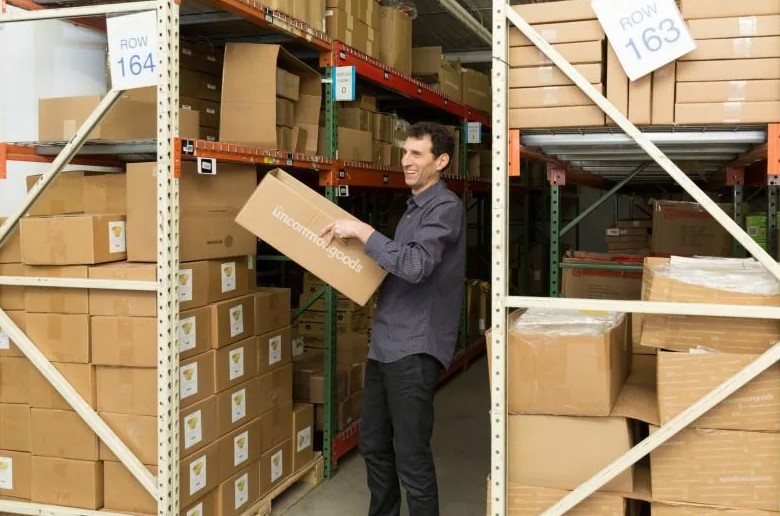
Rather than outsourcing the company’s warehouse to a different, cheaper location, Bolotsky took the decision to have the warehouse in the same building as their office space. What’s more, Bolotsky paid little attention to the competition but primarily focusing on what makes UncommonGoods different.
“Basically what we had to decide was let’s be UncommonGoods, and let’s be better at it.” Part of that means being the best option for customers who want what they’re committed to delivering: a well-curated assortment of unique pieces, high-quality customer service and an easy shopping experience. The other part is the company’s unwavering commitment to sustainability—a kind that takes both people and the environment into consideration.
When it comes to sustainability-driven growth direction, UncommonGoods teams have worked to establish a sustainable business in all their aspects. This attempt starts with minimizing the environmental impact, working with their artists to leverage sustainable or recycled materials whenever possible, choosing environmentally friendlier packing materials, as well as printing corporate catalogs on Forest Stewardship Council [FSC] certified and recycled paper.
In addition, UncommonGoods has been cementing relationships with non-profit organizations through “Better to Give”, a UncommonGoods-owned program to allow their customers to choose a partner for the company to donate $1 to with every order. Plus, a solid concentration on strong financial health allows the Brooklyn-based retailer to maintain independent ownership and stay true to their values.
From just 05 to over 100 year-round employees, UncommonGoods has undoubtedly grown steadily over the last decade. At present, the entire business operates out of the historic Brooklyn Army Terminal on the scenic Upper Bay in Sunset Park. Keeping the business under one roof enables them to monitor a “triple bottom line,” having an eye not only on financial but also on social and environmental outcomes.
According to UncommonGoods’s site, the company flourishes dramatically during the winter holidays each year. During these months, thousands of packages ship out every single day; hence, UncommonGoods’s expand their workforce to hundreds of employees. Despite all hurdles, the creative design retailer strives to never lose sight of an inverted pyramid business model, meaning that the needs of the people closest to their customers, their customer service and warehouse teams, come first. As part of such a model, UncommonGoods’s lowest-paid hourly seasonal worker makes 50% more than minimum wage.
B Corporation & UncommonGoods’s Future Prospect
As UncommonGoods has taken big steps along its growth journey, what’s important to the business hasn’t changed. Sustainability is, and has always been, central to what Bolotsky his team do.
“We were a founding member of B Corporation, [a designation that nonprofit B Lab gives to businesses that work toward social and environmental good], back in 2007, and that’s provided us with a useful external yardstick against which we can measure ourselves and see where our practices are strong and where we need improvement,” Bolotsky proudly stated. “We’ve tried really hard to make conscious decisions about everything that we do.”
To that end, many of the products sold and packing materials utilized are “green,” every UncommonGoods employee is paid above minimum wage and instead of outsourcing the warehouse and customer service teams to cheaper locales, the entire team works under the same roof.
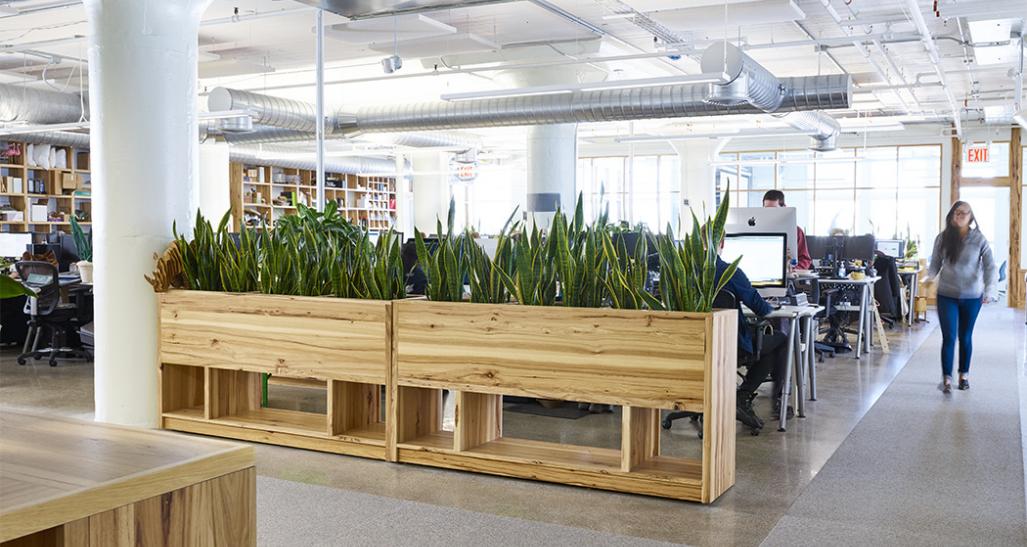
Whereas it wasn’t an overnight transformation, UncommonGoods eventually reached profitability in 2004. That sum, $38,000 pretax, was “vindication” for Bolotsky. “Just the fact that we had gone from losing hundreds of thousands of dollars to making a profit was a lifting of a burden,” commented Bolotsky.
Now that the company’s finances are healthy, Bolotsky aims to extend that sense of well-being to his workers and the community. “As far as the values that I believe and I live by, I like the idea that I don’t have to put them on the shelf at work–and I can actually live them. It has been liberating.” The UncommonGoods’s founder and CEO is thinking about the next 17 years of his business: Igniting UncommonGoods’s mobile presence, the company’s commitment to sustainability, in-house product development and continuing to make customers happy.
“Our focus is constantly trying to do a better job for the customer,” he firmly stated. “Making sure we have that compelling distinctive product is most important, and then providing the customer with a really positive experience.”
The Bottom Line
Having bounced back from the “near-death experience” amidst the Internet bubble burst in 2000, UncommonGoods has since been on a meteoric rise and come a long way to become a strong sustainability-driven business. Whilst the future remains uncertain and any unexpected events may come, there is every likelihood that the Brooklyn-based unique crafts and arts retailer stay strong and ride the crest of a wave for the long haul.

